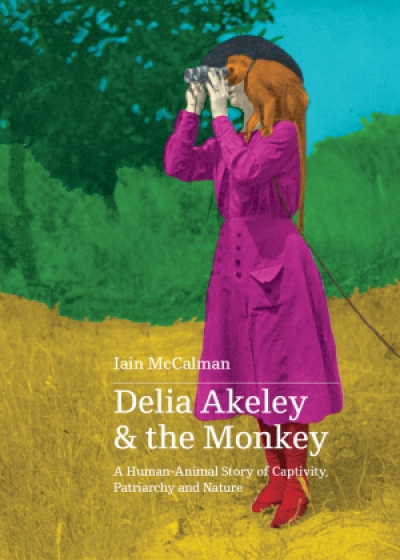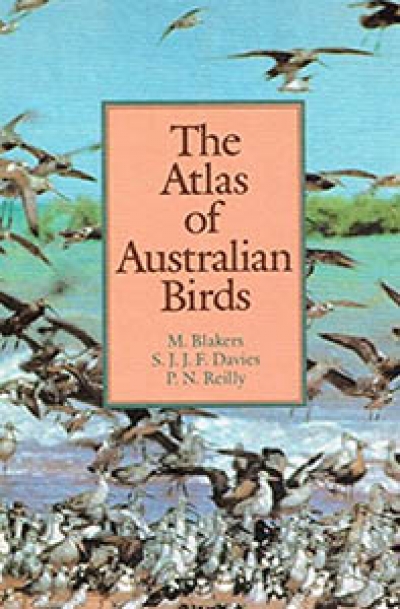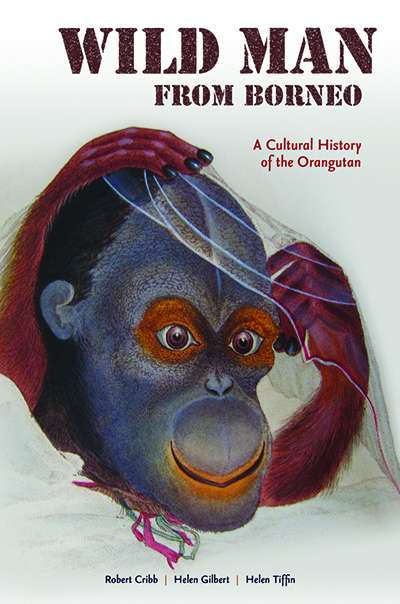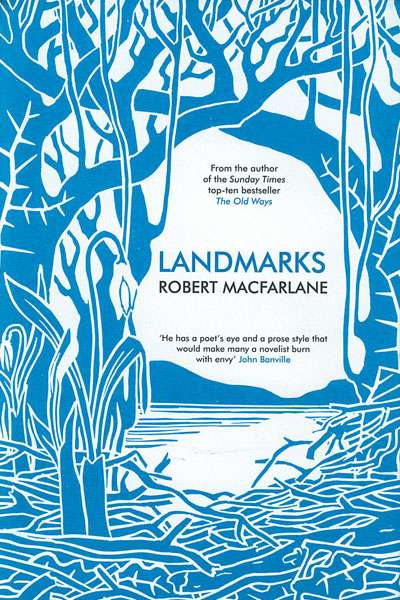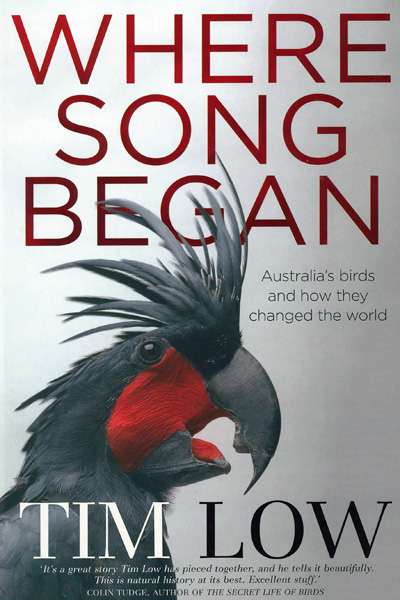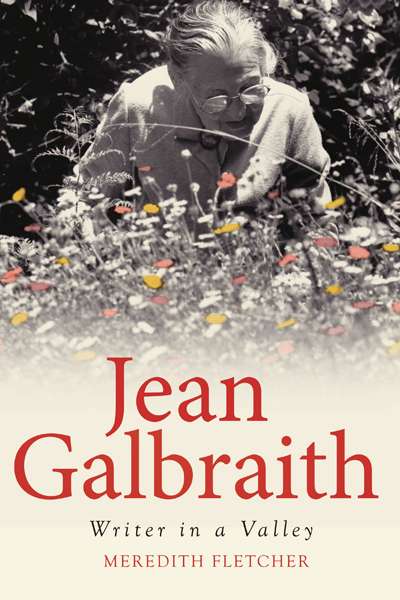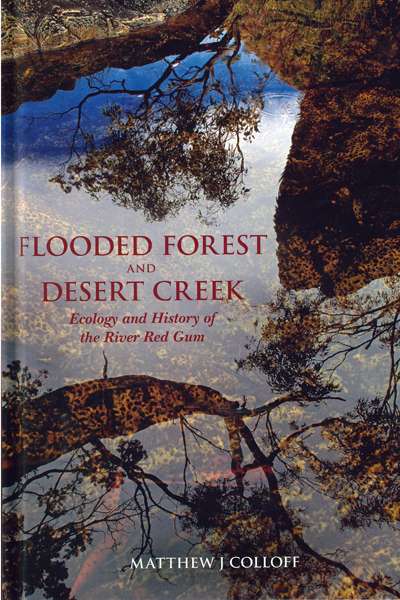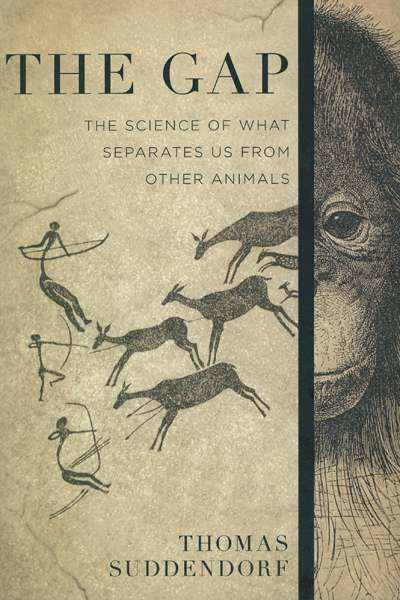Natural History
Delia Akeley and the Monkey: A human-animal story of captivity, patriarchy and nature by Iain McCalman
by Libby Robin •
The Atlas of Australian Birds by M. Blakers, S.J.J.F. Davies, and P.N. Reilly
by Evan Jones •
Wild Man From Borneo: A cultural history of the Orangutan by Robert Cribb, Helen Gilbert, and Helen Tiffen
by Danielle Clode •
Tambora: The eruption that changed the world by Gillen D'Arcy Wood
by Danielle Clode •
Flooded Forest and Desert Creek: Ecology and history of the River Red Gum by Matthew J. Colloff
by Ruth A. Morgan •
The Gap: The Science of What Separates Us From Other Animals by Thomas Suddendorf
by Robyn Williams •

